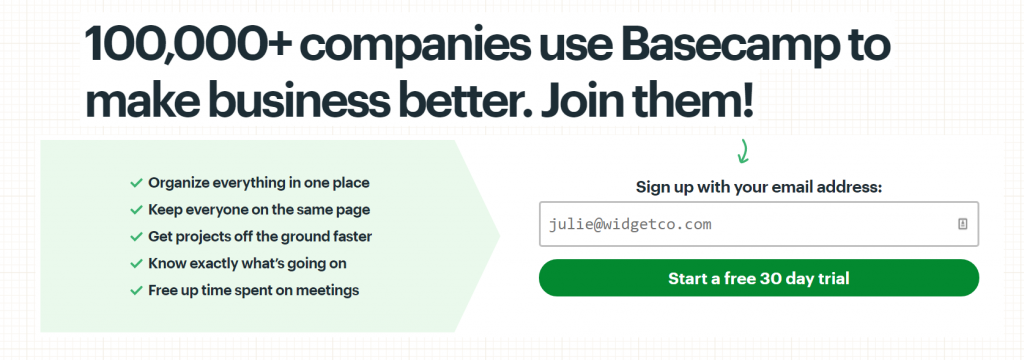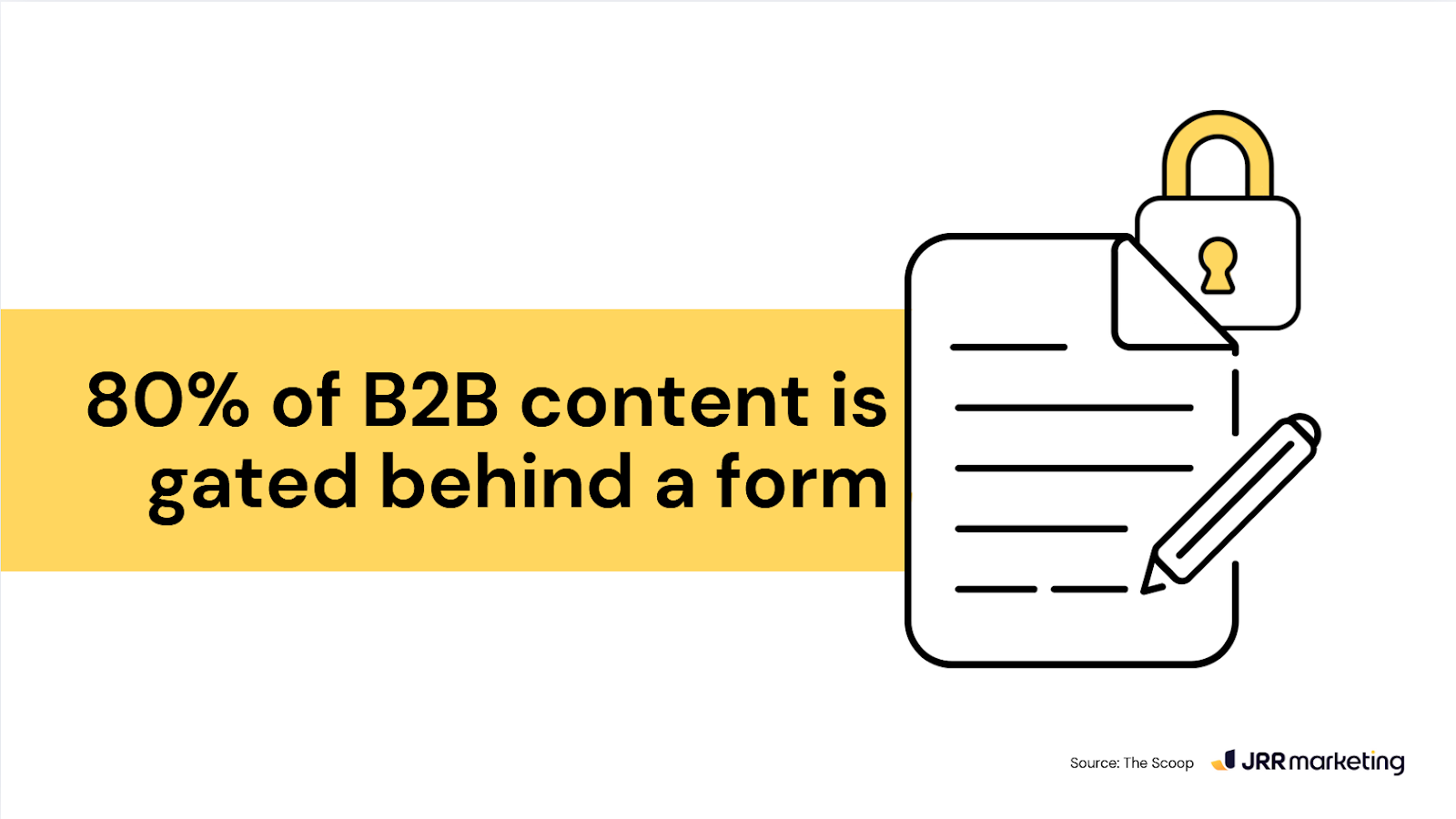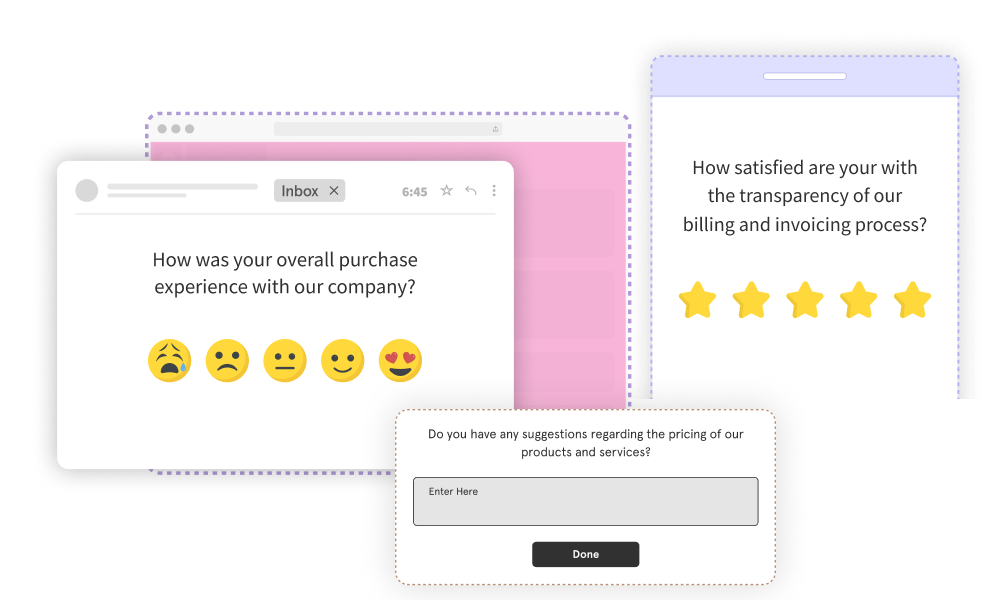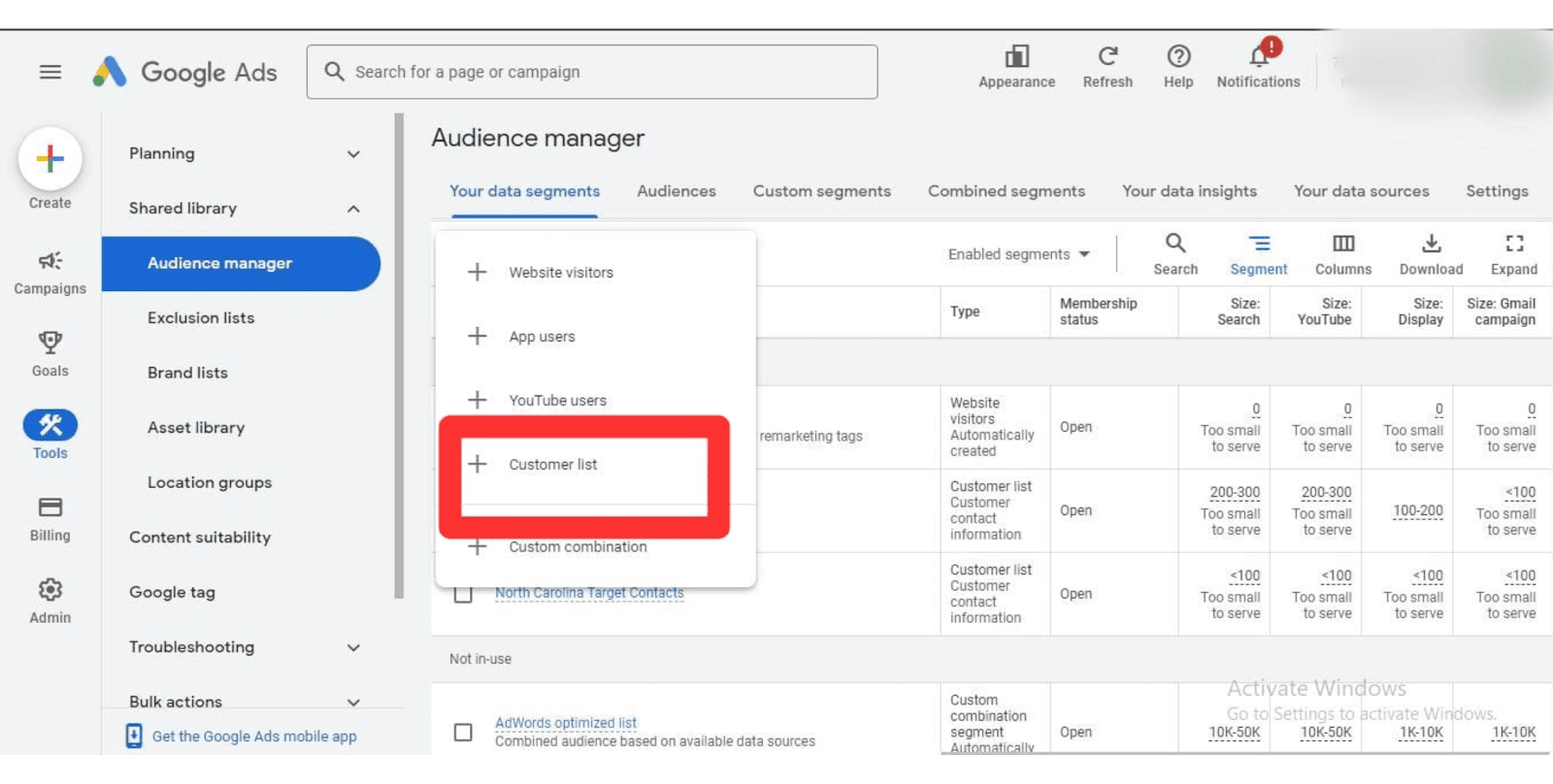Key takeaways
- A smart first party data strategy means collecting real info directly from people and using it to personalise marketing without questionable tracking.
- Short forms, valuable gated content, and well-timed surveys get you better data without annoying anyone. These also make your email, SMS, and PPC ads way more effective.
- Syncing that clean data into CRMs and ad tools lets you build smarter segments, improve targeting, and measure what’s actually working across every channel.
First-party data is your best shot at running campaigns that actually work.
This is the info you collect straight from people.
Like names, emails, what they clicked on, or what they bought.
You collect it from your own channels.
Your site, your app, your emails.
And in digital marketing, that’s gold.
Because when you know who you’re talking to, you can speak their language.
You can segment people, personalise content, and convert better.
Third-party cookies are fading away.
Data privacy laws like GDPR and CCPA are enforcing stricter compliance.
So the way you collect and use data needs to be smarter.
And way more human.
It starts with a clean first-party data plan.
One that’s clear, honest, transparent.
Best thing is that you don’t need to be a data wizard to pull it off.

#1 — keep signup forms short but smart
Long forms kill signups.
Every extra field is a reason to drop off.
So, start with what you actually need.
Get just enough info to start a real conversation.
Then use progressive profiling to learn more over time.
Ask smarter questions later, once people are already in.
Tools like HubSpot, Clearbit, and Mutiny can help you do this automatically.
About two out of three people who start a form actually finish it.
If you’re offering something bigger like a demo, go multi-step.
Break the form into chunks.
Each screen should feel easy and move things forward.
And match the form design to the offer.
Keep your online forms simple and clean.
They shouldn’t feel lika a full-on interrogation.

#2 — only gate content that people actually want
No one’s giving you their email for a boring eBook.
If you’re putting stuff behind a form, it better be worth it.
It needs to be useful and specific… Something people care about.
In B2B, think templates that save time and reports that teach something new.
In ecommerce, go with discounts, early access, and gift guides that make shopping easy.
If you’re in SaaS, try webinars with real takeaways.
Case studies that show results or tools that help people compare and decide work too.
Next, match it to the funnel.
For top of funnel, give out educational stuff like guides and templates.
Middle of funnel is when you help them weigh options.
Offer demos, comparisons, and deeper tools.
When they get to the bottom of the funnel, push incentives and trials.
The closer someone is to buying, the sharper your offer should be.
And always be clear about what they’re signing up for.
Use proper consent boxes.
Doing so can get your ad account suspended.
Typeform and Paperform are great for making forms feel smooth and branded.
And if you connect them to your CRM, you can instantly see who’s downloading what.
That helps your team act fast, with the full picture.
Leads from gated content are 36% more likely to turn into real sales.
But only if what’s behind the gate is actually worth it.
So, give people something that helps.
Not just something to grow your list.

#3 — use surveys to drive conversions, not just collect feedback
Surveys are a quick way to learn what people want, and use it to sell better.
You don’t need a long list of questions.
One or two, asked at the right time, is enough.
Three moments work best.
First, use exit-intent popups.
Ask people leaving your site: “What stopped you from buying today?”
Second, right after a purchase.
Ask: “What made you choose us?” or “How did you hear about us?”
Third, during onboarding.
Ask: “What’s your main goal with our product?”
Each answer gives you something useful.
You can tag people in your CRM and personalise what they see next.
Set it up to trigger during emails, ads, even product tips.
Tools like Hotjar and Google Forms make it easy.
They work on mobile and drop right into your site.
Surveys don’t need to be long or boring.
Ask one clear question.
Use the answers to do something that matters.
And because people are opting in, you stay fully compliant.
#4 — build targeted segments in your CRM
Start by segmenting people based on what they do, not just who they are.
If someone views a product and doesn’t buy, send them a retargeting ad.
If they bought once but went quiet, give them a win-back offer.
For those who add stuff to their carts without checking out, send timed discounts.
If they never open emails just stop sending them.
Remember, you don’t need to be everywhere at once.
You just need to know when and where your real customers are at.
When you sync your CRM with tools like Klaviyo, ActiveCampaign, or Mailchimp, you keep your lists sharp and up-to-date.
You can also push these segments into Google Ads.
Do it with Zapier or a direct integration.
That’s how you lower ad spend and raise conversions.
Here’s how it might look in action.
If someone buys, send a thank-you email with a smart upsell 30 days later.
When another customer abandons their cart, trigger an SMS within the hour.
If they click an ad but don’t buy, retarget them with a version that includes a testimonial or review.
Some CRMs like HubSpot and Salesforce even score leads automatically.
They tell you who’s most likely to buy next.
So you can focus your time and budget where it counts.
Don’t let your CRM collect dust.
Use it to personalise, trigger, and convert.

#5 — sync your first-party data straight into ad platforms
Cookies and pixels are on their way out.
Now’s the time to plug your own data straight into ad platforms.
Upload your email list to Google Ads using hashed emails.
But make sure everyone on that list actually gave you permission.
That way, you can retarget buyers.
Cut out existing customers from new campaigns.
And build lookalikes based on your best people.
This way, your targeting gets sharper, fast.
Google even drops your CPMs if the data’s clean.
You can set this up with tools like Segment or Zapier.
Or hook it straight into your CRM.
Manual uploads still work but automation’s smoother if you’re scaling.
Once it’s synced, match your ads to the right people.
Give perks to loyal shoppers.
Show key features to cold leads.
Use urgency for people who ditched their carts.
Good data means less waste and they let you know exactly who’s seeing what.
Your first party data strategy is your unfair advantage
Owning your data is how you grow without wasting your marketing budget.
When you collect clean signals directly from people, you cut through the noise.
You send better emails.
Run smarter ads.
And build stronger relationships with your audience.
You can’t afford to rely on borrowed data anymore.
First-party data keeps you in control.
It keeps you compliant too.
You already have what matters… real data from real people who actually care.
That’s how you build something that lasts.
Not just quick wins, but growth that sticks.


